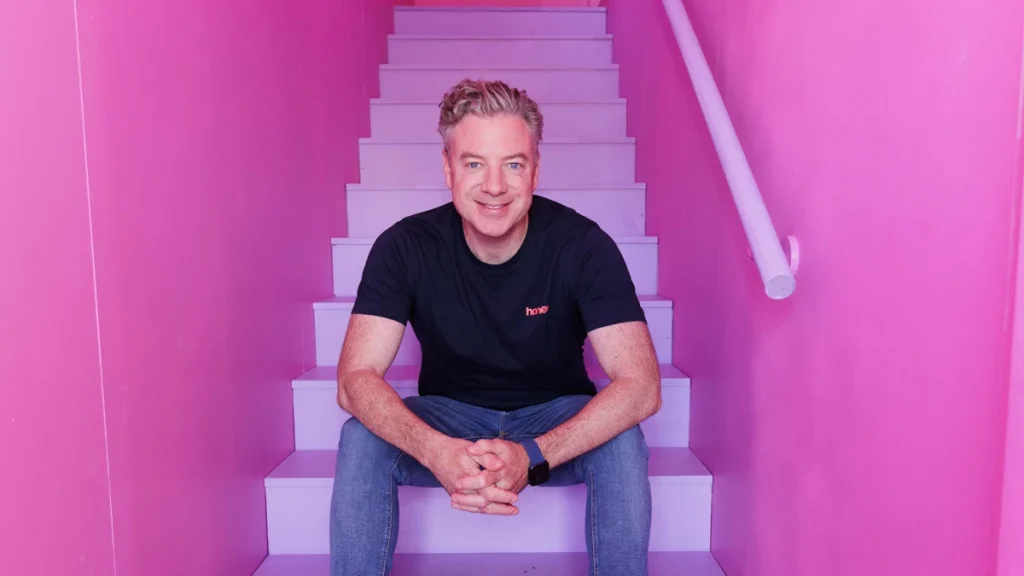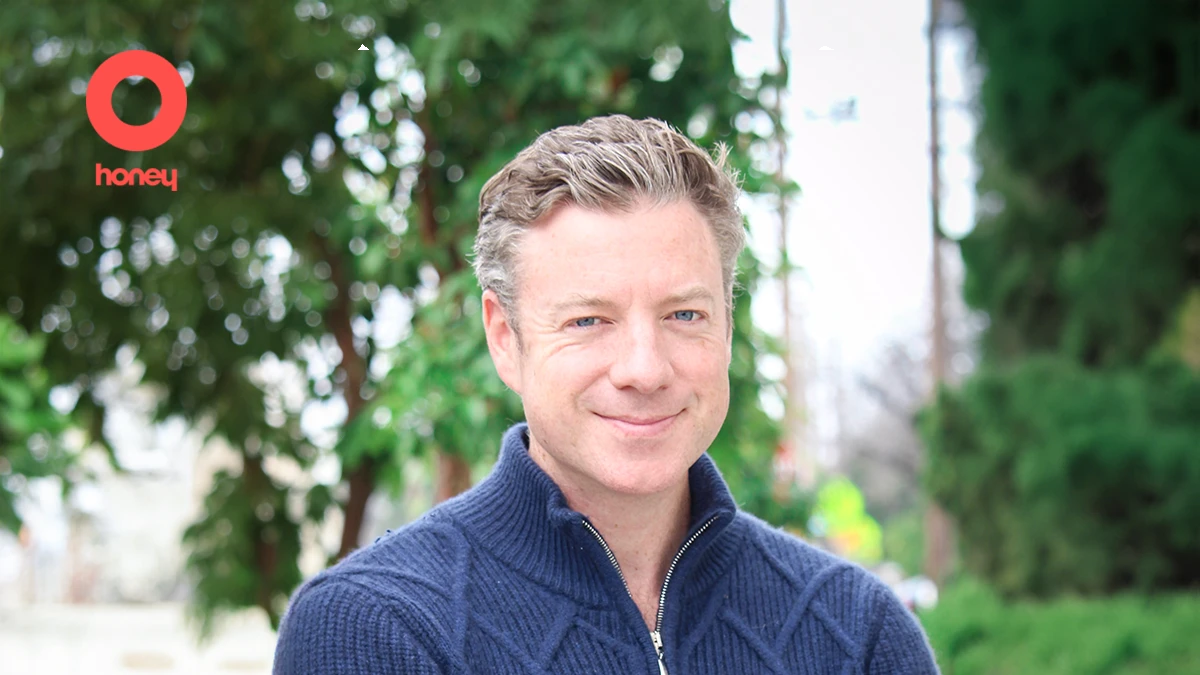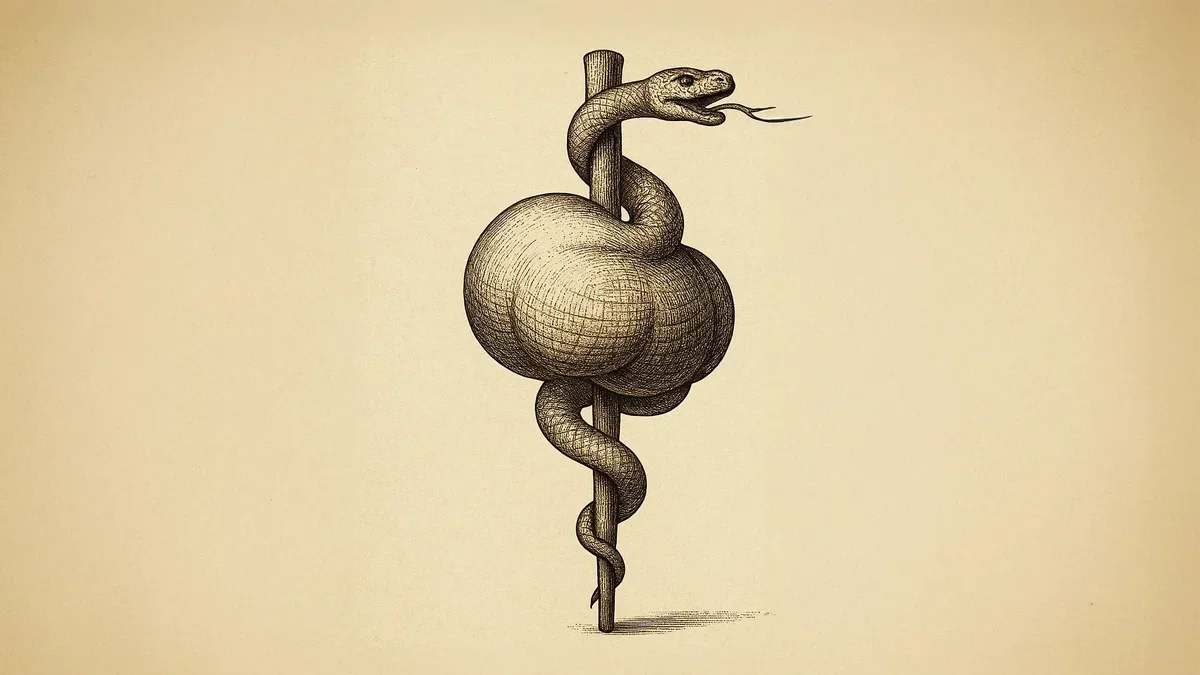(Re)in Summary
• Honey launched in June 2021 and has rapidly captured 1% of Australia’s home insurance market.
• Tech stack, data, and smart sensors hardware are central to tech-driven philosophy, offering policyholders benefits including discounts on premiums and a streamlined application process.
• In April, insurtech raised AU$108m in Series A round and Founder Richard Joffe tells (Re)in Asia that Honey is looking to strengthen core rather than expand too quickly into new lines or markets.
• Joffe says Honey aims to capture AU$1bn of the home insurance market by using tech and data to offer better customer service, lower premiums, and a reduced claims costs.
In April, Australian insurtech Honey announced it had raised AU$108m in a Series A funding round, the third-largest for an Aussie technology startup. But rather than use the money to grow into other lines or expand into new territories, Founder and CEO Richard Joffe tells (Re)in Asia the business will instead double down on what it does best.
Established in June 2021, the insurtech is a managing general agent that offers insurance policies underwritten by RACQ, serving customers directly and through channel partnerships.
Honey has already captured around 1% of Australia’s home insurance market and the insurtech has a couple of key differentiators that have helped it to grow faster than anticipated.
One is the use of smart sensors for its home insurance policies. These sensors, offered for free with their insurance policies, monitor risks like fires, water leaks, and theft. Homeowners who install Honey’s sensors get access to an 8% premium discount thanks to the improved risk data.

Richard Joffe
CEO and Founder at Honey InsuranceAnother differentiator is its simplified application process. Honey has been able to cut insurance applications from 20 minutes to three thanks to its extensive use of data, with Joffe explaining that the company uses dozens of sources.
“We’re able to pre-fill an enormous number of questions, which makes that experience streamlined, and we’ve done our best to simplify the actual product design.”
Smart sensors and a faster application process stand out as key features of Honey’s value proposition. However, it can be argued that these elements are only symptoms of what really drives Honey: technology.
All about the tech
When the business first started, technology was seen as a means to enable customer acquisition at a lower cost point, Joffe explains. This changed quickly as the company evolved.
“As the company has scaled and grown, we’ve started to think about how we can leverage technology throughout all areas of the business, from pricing to underwriting support to claims to supporting customers, and services to reduce risk,” Joffe says.
Using technology to improve the value chain is not a new concept in the insurance industry. However, Honey has at least two key advantages that enable it to execute its technology goals successfully.
The first is that they’re a new and tech-focused business. Honey owns its entire tech stack and has carefully chosen to partner with “dozens and dozens” of the “latest and greatest” tech partners.

Joffe explains that picking their ideal technology partners has been easier said than done.
“One of the most challenging things about executing Honey is essentially the integration exercise of pulling dozens of different partners together. “We’re able to do that because we have a new platform. If you’re an incumbent that’s got the platform that’s 20 or 30 years old, it’s almost impossible to stitch together dozens of new partners from fraud detection to pricing models.”
The second advantage is that Joffe has been here and done this before— having successfully founded two previous ventures: Park Assist, a parking sensor startup responsible for the coloured lights that display available parking spaces in lots, and Stella.ai, an AI-powered recruitment tool backed by venture capital firm Seek.
“My experience as a founder led me to realise that you have to be very clear about what you want to be famous for, and what part of the value chain you want to win.”
“For Honey, it’s about technology, and we want to be focused entirely on technology and distribution,” Joffe says.
“We do not want to compete with incumbents on underwriting and balance sheet, and we do not want to get into building hardware,” he adds.
Richard Joffe
CEO and Founder at Honey InsuranceNo distractions
This intense focus means that Joffe isn’t interested in conquering new regions or moving quickly into new lines of business.
Instead, Honey is channelling its resources into enhancing technology and distribution channels, aiming to capture an AU$1 billion slice of the AU$15bn Australian home insurance market, Joffe says. Being distracted from its core focus on digitalising home insurance could lead the company astray, he adds.
“I think there are lots of examples of insurtech companies who have failed to create strong unit economics in the home market. Instead of being disciplined about moving into a different problem, space or changing the business model, they tried to go global, merge or throw money into marketing that solution more.”
This philosophy also stems from those lessons learned in his previous ventures. Expanding Park Assist globally to 20 countries while managing hardware, software, AI requirements and maintenance “really degraded the ability of a company to scale,” Joffe says.
So, while Honey’s technologies could be taken to other countries, Joffe is not convinced the company itself is suitable for global expansion at this stage. “At some point, we would have a large global underwriting partner who would take this digital engine out there into the market. But I don’t see Honey starting to be an underwriter in Germany or Japan.
Really, Honey needs to build, get scale, and improve that world-class technology and distribution for its home in Australia.”
Along with its direct-to-consumer model, Honey has channel partnerships, including its recently announced bancassurance partnership with Bank Australia. This partnership allows the bank’s 186,000 customers to access a white-labelled home, contents, and motor insurance solution powered by Honey’s platform and tech stack.
Thanks to its technology-first approach, Joffe said that it can now provide a channel partner with its white-labelled solutions in “a couple of hours”, a process that typically takes incumbents two to three months.
“We have the advantage of being able to plug in some of the best digital partners around the world into that platform and move very quickly.”
Joffe said that the business has found success with its embedded partnership model and direct-to-customer offerings. “We’re growing more quickly than we expected.”
The AU$15 billion home insurance market in Australia is substantial. Joffe said that if the business can capture a billion of that in premiums, Honey would be a “very profitable company and a very big business.”
Insurance affordability
Honey’s growth in Australia comes amid increasing insurance rates and widespread concerns about home insurance affordability.
An August report last year also found that 12% of homes in Australia are now ‘affordability stressed’, measured as those that spend one month’s worth of gross household income on home insurance.
The issue is multifaceted and complex. Insurers have been hit with a double whammy of growing claims over the past few years and facing criticisms as part of a parliamentary inquiry into insurers’ responses to 2022 major flood claims.
Industry experts spoke to (Re)in Asia in March about the affordability issue and suggested there are a range of solutions, including better modelling, parametric solutions, and public-private partnerships.
But can Honey’s technology-first approach provide another solution?
Richard Joffe
CEO and Founder at Honey InsuranceJoffe notes that approximately 50% of home insurance claims stem from natural catastrophes such as bushfires and floods, adding that those claims are not something that Honey can help solve in any meaningful way.
“We believe that there’s going to be initiatives by the government to help drive structural improvements,” adding an example of how the Japanese government has spent decades on disaster resilience, to help its high-rise buildings better withstand earthquakes.
The other, non-catastrophic, 50%, is on Honey’s plane. “We can imagine a scenario where we’re able to offer services, maintenance checks, tele-maintenance advice, and those sorts of services, which can help to chip away (at these claims).”
Joffe suggests that the current 8% discount offered to customers using smart sensors could increase to 40% through enhanced technology and data utilisation.
He also points to data as one way to achieve better outcomes for the industry and insureds. The MGA already uses dozens of technology sources to easily gather information for its underwriting partners, but Joffe sees potential in other data sources.
The potential of data
Joffe believes there are elements of insurance in Australia, where good actors subsidise those who are more ‘poorly behaved’. “Access to data and being able to reward good behaviour in general is something that I think we have a long way to go.”
He provides an example of someone with a good credit rating. “Why should that person not be allowed to get a discount?,” he asks. “There are a lot of privacy laws for good reasons that exist, but there has to be a balance,” Joffe said.
Richard Joffe
CEO and Founder at Honey InsuranceJoffe also addresses a key concern when it comes to employing new or behavioural data sources in underwriting: whether this data will lead to higher premiums.
“No technology we ever use will ever hurt the price that you get. It will only help you. Both philosophically and practically, we make it very clear to customers that their price will never go up because they haven’t done something and we will never use data in any way other than to help them.”
“The whole thesis at Honey is how can we use data and technology and services to help you,” he adds.
It’s this approach — using technology to reward business and to make it easier to do business with Honey that seems to be at the heart of Honey’s success.
“We’re trying to win by wowing the customer. We’re not trying to win by being the cheapest and we’re not trying to wow them by being everything to everybody. We’re trying to wow them through experiences and through simplicity.”
Relating this back to his point on data, Joffe says, “We wouldn’t use modern sensors if it was eavesdropping on us and (if using them) could end up leading to a higher price.”
“We think through the world through the prism of ourselves as being the first customers… If we wouldn’t do it ourselves, if we don’t think our parents would do it, or our friends, we don’t build it. We don’t do it.”














